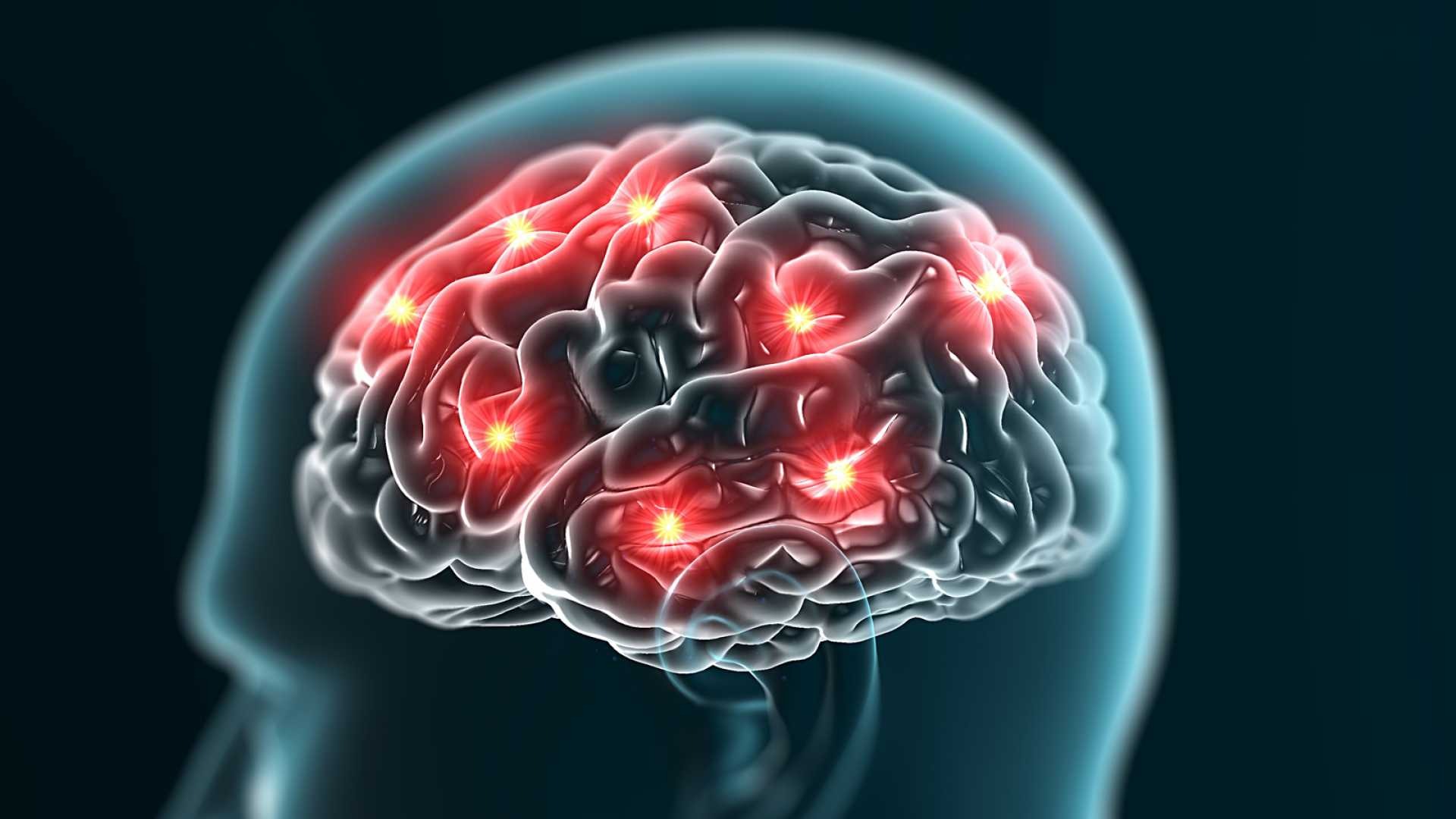How to Start Therapy
As recently as ten years ago, mental health wasn’t something that many people talked about. In fact, seeing a therapist was rarely something anyone would advertise in their life. However, as mental health becomes more normalized, seeking therapy is something that is progressively becoming a standard practice for many.
Is therapy right for me?
It can be difficult to know when going to get professional help is right for you, especially if you have never been to therapy before. Therapy is a vulnerable and private experience and starting can be overwhelming.
Because of this, it may take some time and consideration to decide if you are ready to see a therapist. However, according to the American Psychological Association, therapy should be considered if you:
- Thinking about or coping with the issue for more than an hour a day
- The issue pushes you to avoid others
- Your quality of life has decreased as a result of the issues you are experiencing
- The issues are negatively affecting aspects of your life such as school, work, or relationships
- You have created coping mechanisms or habits to deal with the issue that are causing problems or a decrease in quality of life
If any of these things describe you or you’re feeling anxious, overwhelmed, or generally unhappy, it might be a sign that your internal ‘check engine’ light is on and seeing a mental health professional such as a therapist could help.
Benefits of Therapy
For those of us that don’t have a lot of experience with therapy, it could be seen as something that is for ‘crazy people’. However, that isn’t the case. In fact, a lot of successful people use psychotherapy as a tool to help manage stress, navigate life transitions, and gain skills to be successful and happy in life.
In fact, research shows multiple benefits that therapy can have for individual. For instance, therapy can help you to better understand yourself, how you think and how you feel in situations better, give you tools to deal with difficulties in your life, and help you gain new insight and perspective. In addition to this, therapy also gives you a non-judgemental space to process and talk through emotions and difficult events.
How to Start
Finding a therapist, scheduling an appointment, and going to your first appointment can be a bit daunting. Because of this, it is important to understand and acknowledge any stigmas that you may be holding that are keeping you from starting this process in the first place.
If you are worried about privacy or disclosure, it should be noted that therapy is confidential. This means that no one in your life is even needs to know that you are seeking therapy. Additionally, mental health professionals are bound by law to protect your privacy so you can be confident that what happens in session stays in the session.
Finding a Good Fit
There are a lot of things to consider before making an appointment with a therapist. We recommend taking a look at the clinicians available here, knowing what the cost is and if your insurance will cover any of it, and what type of therapy you are looking for.
It may also be helpful to come up with a list of questions for the therapist. This can help you get a better sense of what to expect from therapy and to help you feel more comfortable with starting this process.
Some common questions to ask are: what experience does the therapist have working with your particular situation, what does a typical session look like, and kind of therapy does the clinician practice.
What Happens if the Therapist I see isn’t a good fit?
If, after your first session, you feel like the therapist isn’t what you are looking for, it is completely ok to try another therapist out. It isn’t uncommon to try another therapist and is completely fine to break off that relationship.
While it may be uncomfortable to ‘break up’ with your therapist, it is important to push past those feelings in order to find something that will be beneficial to you. Let the current therapist know that it doesn’t seem like a good fit and the therapist or practice can help you find a clinician that may be a better fit for you.
Remember, mental health professionals’ main goal is to help you get better so we don’t take it personally if you think someone else will be a better fit for your specific needs.






